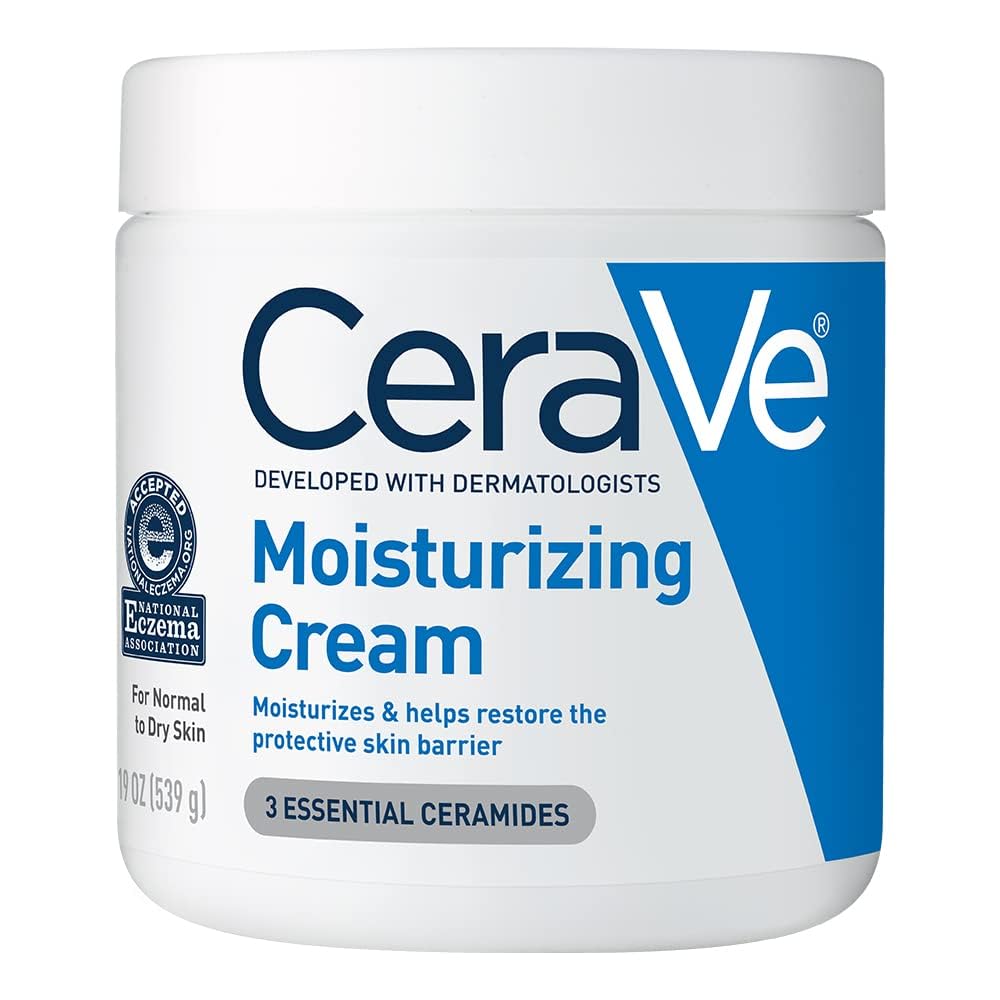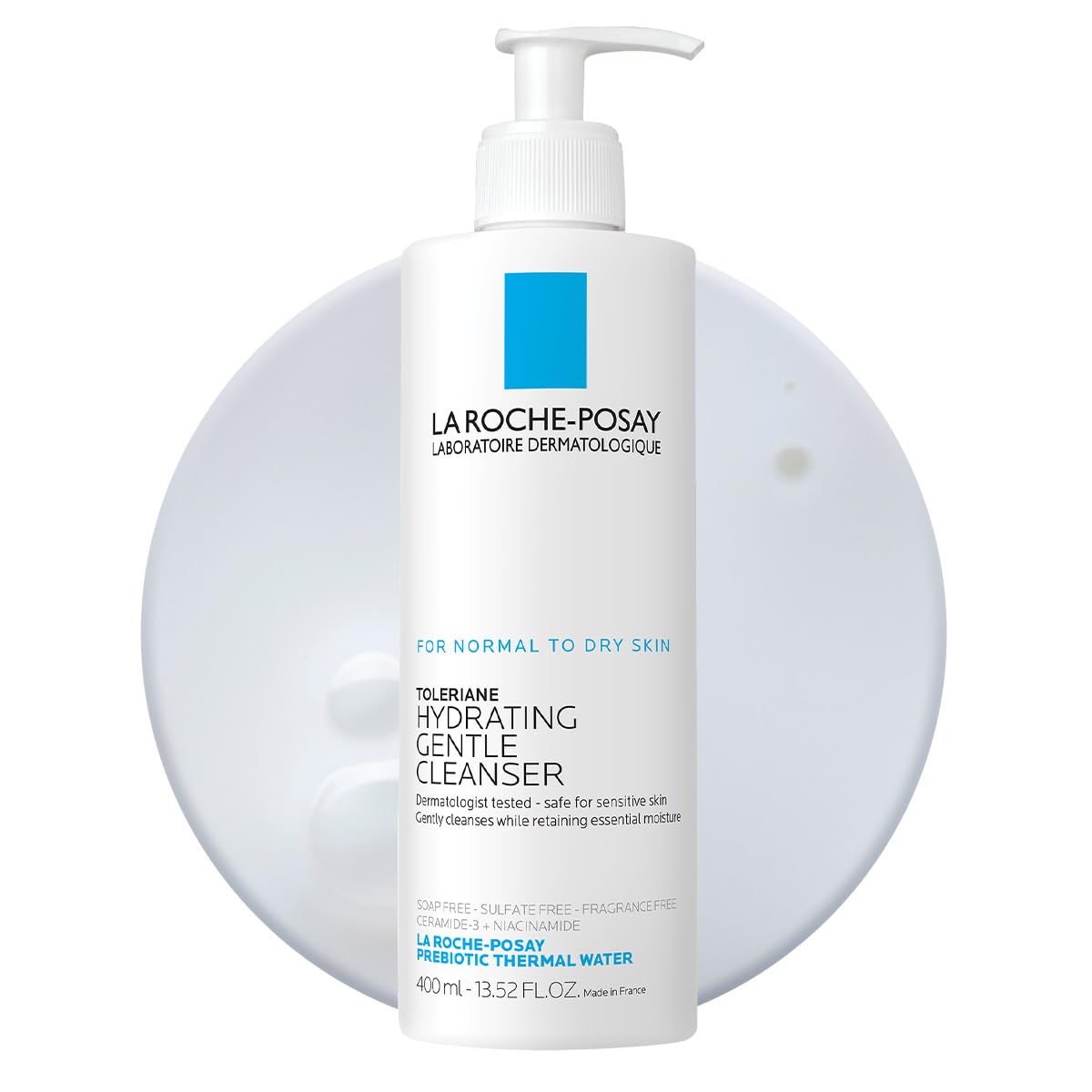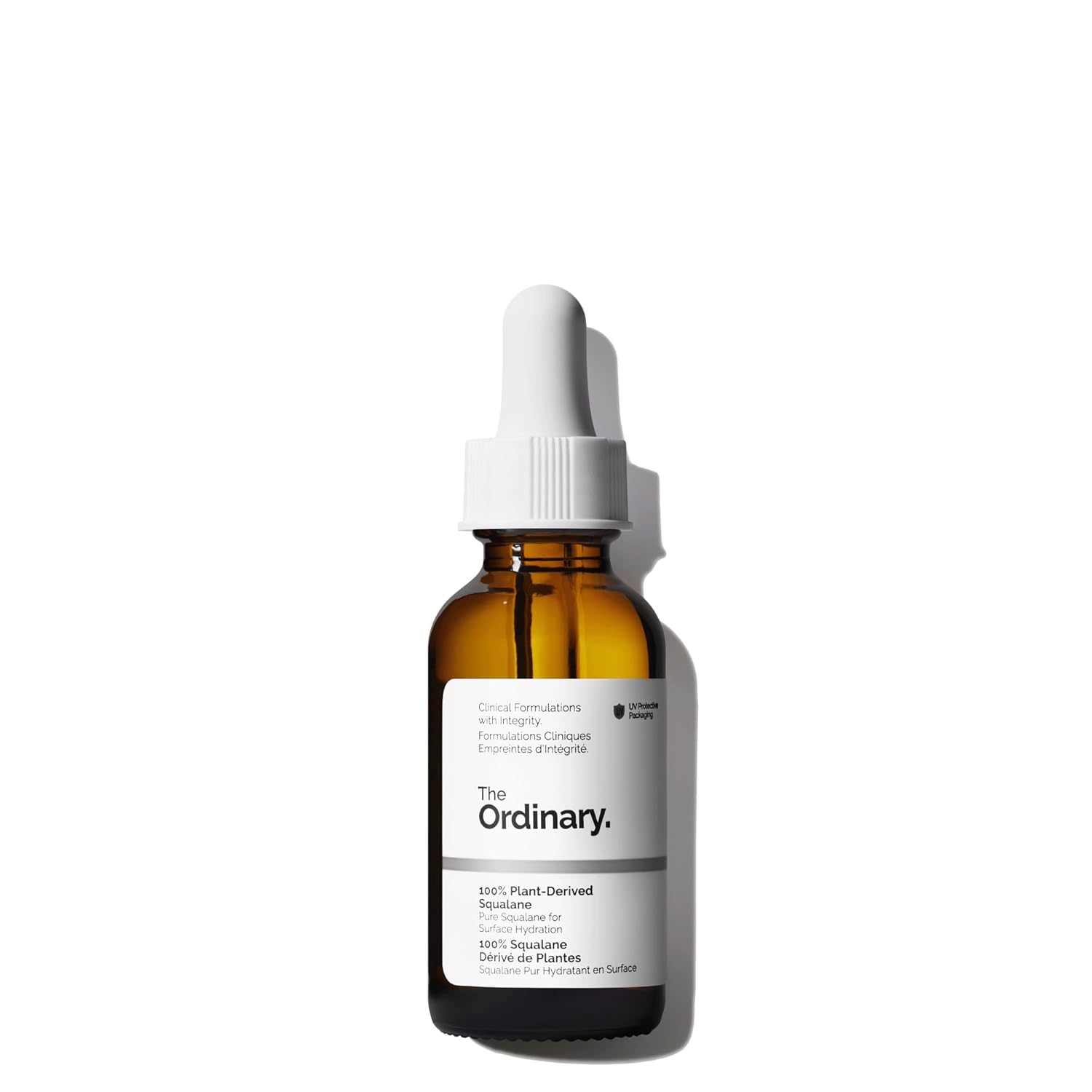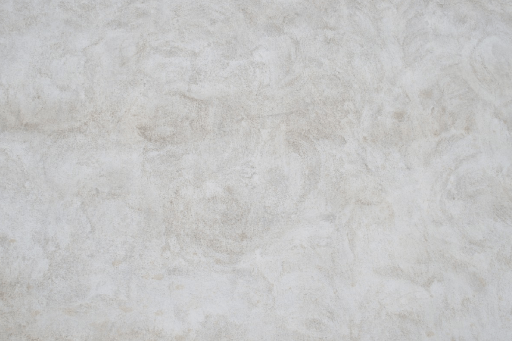As someone who’s struggled with flaky skin for years, I know how frustrating—and honestly, confidence-sapping—it can be. But through a lot of trial and error, research, and dermatologist consultations, I’ve discovered effective ways to restore hydration and glow.
In this guide, I’ll walk you through everything I’ve learned about understanding and treating flaky skin on the face.
Understanding the Root Causes of Flaky Skin
Flaky skin often signals a compromised skin barrier—the outermost layer that protects your face from environmental stress and prevents moisture from escaping. When that barrier breaks down, moisture seeps out, and flakes start showing up.
Common Culprits:
- Environmental Factors: Cold air, low humidity, indoor heating, and pollution are major contributors.
- Over-Exfoliation: Too many scrubs or chemical exfoliants can strip your natural oils.
- Skin Conditions: Eczema, psoriasis, or seborrheic dermatitis might require specific treatment.
- Dehydration: Inside and out—drink water, but also use products that bind it to your skin.
- Hormonal Changes: Menopause, pregnancy, or even monthly fluctuations can dry your skin.
- Nutritional Deficiencies: Vitamins A, D, zinc, and omega-3s all play a role.
- Aging: With time, our oil production slows—making hydration even more essential.
The Science of Skin Hydration
Two key components affect how well your skin retains moisture:
- Natural Moisturizing Factor (NMF): A blend of amino acids and urea that keeps your outer skin layers soft and hydrated.
- Lipid Barrier: Made of ceramides, cholesterol, and fatty acids, this barrier keeps hydration in and irritants out.
When either is disrupted, flakiness follows.
Key Hydrating Ingredients to Look For
- Hyaluronic Acid: Holds 1000x its weight in water. Look for it in your serums or creams.
- Ceramides: Reinforce your lipid barrier and prevent moisture loss.
- Glycerin: A gentle, effective humectant that pulls water into your skin.
- Niacinamide: Strengthens your barrier and calms inflammation.
- Occlusives: Like shea butter or squalane, these seal in all that moisture.

If you’re looking for an excellent, barrier-repairing moisturizer that’s fragrance-free and packed with ceramides, try the CeraVe Moisturizing Cream. It’s a holy grail for many with flaky or sensitive skin—available here on Amazon.
Crafting Your Flake-Fighting Skincare Routine
1. Gentle Cleansing
Use a hydrating, non-stripping cleanser—something creamy or oil-based that supports your barrier.
Try: La Roche-Posay Toleriane Hydrating Gentle Cleanser – it’s mild, creamy, and a favorite among dermatologists.

2. Hydrating Toner
Choose an alcohol-free toner with ingredients like aloe, panthenol, or rose water. Think of it as a prep step that softens your skin and boosts hydration absorption.
3. Targeted Treatments
Use serums with niacinamide or ceramides to repair and strengthen the skin. Add a facial oil like squalane if needed.
If you’re looking for a lightweight, hydrating serum with niacinamide, check out The Ordinary Niacinamide 10% + Zinc 1%. Affordable, effective, and suitable for sensitive skin types.

4. Moisturize
Go for a rich cream with a blend of humectants, emollients, and occlusives. Apply while skin is still slightly damp.
5. Sunscreen
Even in winter. UV damage dries skin and weakens your barrier. Choose a moisturizing SPF with zinc oxide for less irritation.
Night-Time Additions
At night, take advantage of your skin’s repair cycle:
- Overnight Masks: Use once or twice a week for deep hydration.
- Facial Oils: Layer a drop or two of jojoba or squalane over your moisturizer.

The Ordinary 100% Plant-Derived Squalane is a simple, effective oil that hydrates without feeling greasy—perfect for sealing everything in overnight.
Beyond Skincare: Lifestyle Factors
Skincare alone isn’t always enough—here’s what else makes a huge difference:
Diet
Fuel your skin with omega-3s (salmon, walnuts), vitamin C (citrus, berries), and zinc (seafood, beans).
Hydration
Drink at least 8 glasses of water a day. It’s not just hype—internal hydration supports external moisture retention.
Use a Humidifier
Especially in winter or if you sleep with the heat on. Adding moisture to the air makes a massive difference for flaky skin.
Manage Stress
Cortisol from chronic stress weakens the skin barrier. Regular exercise, meditation, and breathing techniques all help lower stress.
Prioritize Sleep
Your skin heals while you sleep. Aim for 7–9 hours, and consider using a silk pillowcase to reduce irritation.
When to See a Dermatologist
If you’ve followed a solid routine for several weeks and still struggle with flakiness, consider professional help. You might need:
- Prescription creams for eczema, dermatitis, or psoriasis
- Chemical peels for stubborn buildup
- LED therapy for inflammation
- Allergy testing for unknown irritants
- Nutritional support for deficiencies
There’s no shame in needing backup. A dermatologist can save you years of trial and error.
Adapting Your Routine by Season
Winter
Use thicker creams, add oils, run a humidifier.
Spring
Exfoliate more to slough off winter skin, and start lightening textures.
Summer
Switch to gel moisturizers, and reapply SPF frequently.
Fall
Reintroduce richer creams and prep for colder, drier months.
Your needs may vary by location—always listen to your skin.
Advanced Techniques for Flake-Free Skin
- Skin Cycling: Alternate actives (like retinoids or exfoliants) with recovery nights.
- Multi-Masking: Use different masks on oily vs dry areas.
- Facial Massage: Stimulates circulation and helps product absorption.
- Layering Products: Lightest to heaviest (toner → serum → moisturizer → oil).
Frequently Asked Questions
What causes flaky skin on the face?
Often, it’s a weakened skin barrier caused by dryness, over-exfoliation, or inflammation.
Is Vaseline good for flaky skin?
It seals in moisture well but doesn’t hydrate on its own. Use it as a final step.
Should I exfoliate flaky skin?
Yes—but gently. Avoid scrubs and opt for mild acids like lactic acid once or twice a week.
Can diet affect flaky skin?
Absolutely. Nutrient-rich foods with healthy fats and antioxidants help strengthen your barrier from within.
Key Takeaways
- Flaky skin usually means your skin barrier is compromised.
- Focus on gentle cleansing, deep hydration, and barrier-repairing ingredients like ceramides, niacinamide, and hyaluronic acid.
- Stay consistent—results take time, usually 4–6 weeks.
- Lifestyle habits like hydration, sleep, and stress management matter just as much as skincare.
- If you’re stuck, consult a dermatologist to rule out skin conditions or allergies.
Final Thoughts
Flaky skin can feel discouraging, especially when nothing seems to work. But with the right approach—one that respects your skin’s natural rhythms—you can get your glow back.
Be gentle. Be consistent. And don’t be afraid to simplify.
If you’re looking for an easy place to start, you can build a basic flake-fighting routine with:
- La Roche-Posay Hydrating Cleanser
- The Ordinary Niacinamide Serum
- CeraVe Moisturizing Cream
- The Ordinary Squalane Oil
Your skin deserves the same care and consistency you give everything else in your life. Stick with it—and your reflection will thank you.
